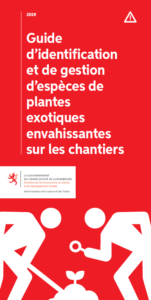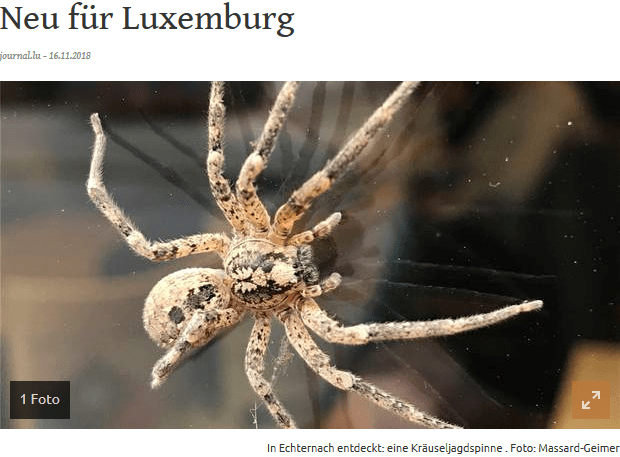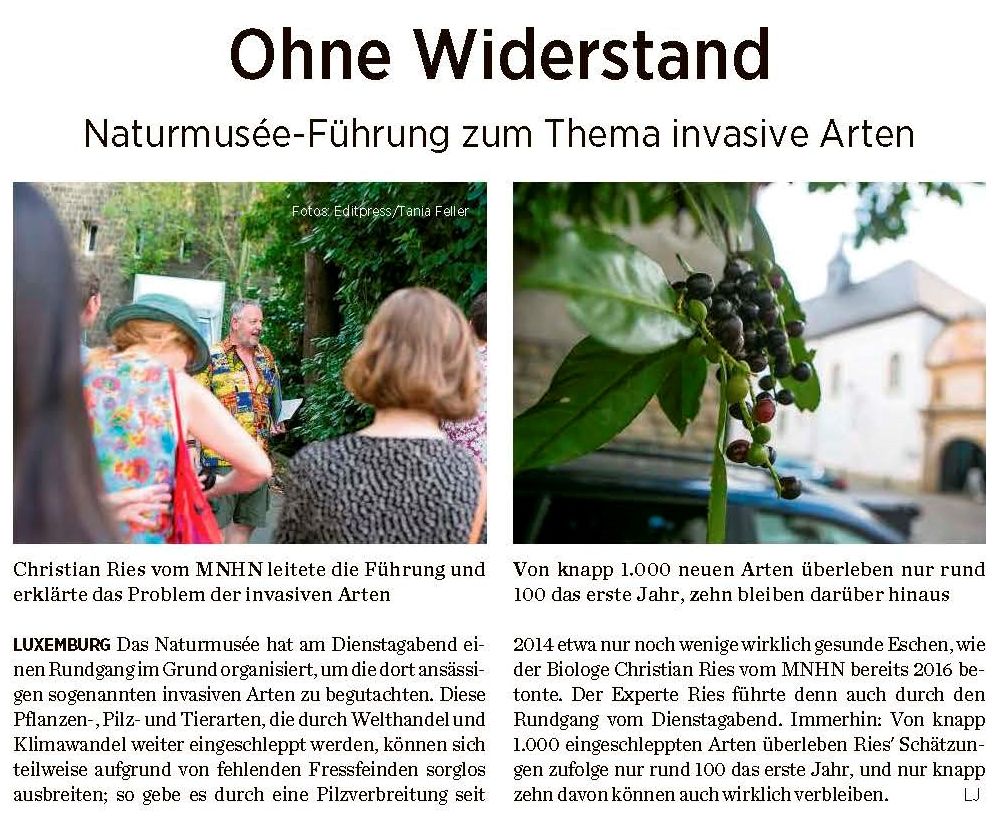Solanum rostratum Dunal was first observed in the wild in Luxembourg on 21 August 2019 by Jörg Zoldan and Annette Steinbach-Zoldan on the border of a maize field in the municipality of Kayl (Southern part of Luxembourg), during a field study on behalf of SICONA.
Description
Solanum rostratum Dunal (spiny or prickly nightshade, Mexican thistle) is a species of nightshade that is native to the US and northern and central Mexico. It is an annual, self-compatible herb that forms a tumbleweed and has abundant spines on the stems and leaves. In its native range S. rostratum is pollinated by medium- to large-sized bees including bumblebees. The seeds are released when the berries dry and dehisce (split apart) while still attached to the plant (Wikipedia contributors 2019).
This species represents one of the later scientific interests of famed biologist Charles Darwin, who just over a week prior to his death had ordered seeds from a colleague in America, so as to investigate their heteranthery, a topic he was interested in (Wikipedia contributors 2019).
Solanum rostratum is the ancestral host plant of the Colorado potato beetle, Leptinotarsa decemlineata, but this pest adopted the potato, Solanum tuberosum as a new (and more succulent) host, a fact first reported in eastern Nebraska in 1859. It then expanded its range rapidly eastward on potato crops in the next two decades (Wikipedia contributors 2019).
Solanum rostratum as an invasive alien weed
Solanum rostratum is a taprooted annual plant known to be a noxious weed in parts of the USA and Canada, and is included in the Global Compendium of Weeds as an ‘agricultural weed’, ‘casual alien’, ‘environmental weed’, ‘naturalised’, ‘noxious weed’, and ‘weed’ across tropical and temperate regions of the world. It is a fast-growing, vigorous weed native to Mexico and the United States and now widely introduced including into Asia, Oceania and Europe (Austria, Bulgaria, Denmark, Germany, Hungary, Moldova, Russia, Slovakia, UK, Ukraine). The species invades ecosystems by forming dense colonies, and a single plant can produce hundreds of seeds which are dispersed by both biotic and abiotic vectors, as well as self-propelled by its dehiscent fruit (Datiles & Acevedo-Rodríguez 2014).
Bibliography
Page content last updated on 2019-11-11. Last proofread by Caroline Grounds on 2019-11-11.
 The Slovenian Forestry Institute has published a Field Guide to Invasive Alien Species in European Forests which was translated to English and made available as PDF file.
The Slovenian Forestry Institute has published a Field Guide to Invasive Alien Species in European Forests which was translated to English and made available as PDF file.




